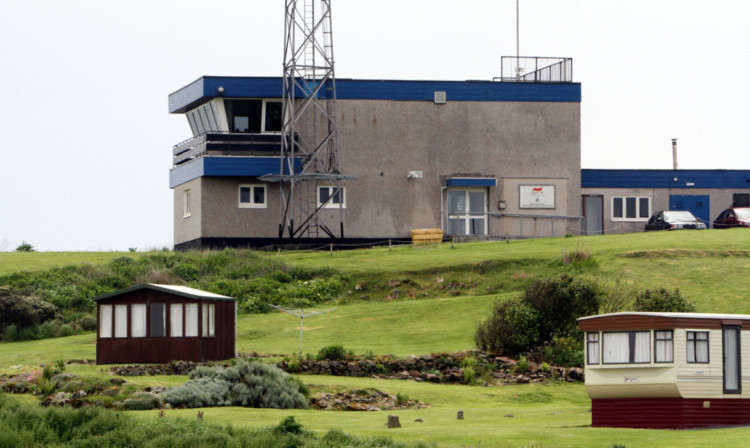The Maritime and Coastguard Agency (MCA) has claimed the quality of the search and rescue service it provides for Scotland has not been reduced, despite work still to be done to fill essential vacancies.
The assurance was given to The Courier after North East Fife MSP Roderick Campbell launched a scathing attack on what he has called “remarkable short-sightedness” by the UK Government, following the publication of figures that suggest some coastguard stations are understaffed by up to a third.
Despite a long, hard-fought campaign to retain the Fife Ness coastguard station, the Westminster Government took the decision to close the service in December 2012, leaving sea users off the coast of north east Fife reliant on the coastguard service in Aberdeen.
Recent findings by the Public and Commercial Services Union show that the Aberdeen station is currently understaffed by a quarter and there are fears that lives are being put at risk, as a result.
Mr Campbell said: “The decision by the UK Government last year to close the Fife Ness coastguard station was bad enough, but their lackadaisical approach to ensuring the remaining stations are fully staffed is putting the lives of sea users at great risk.
“The remarkable short-sightedness the Lib Dem/Tory Government is showing, in seeking budget savings at any cost, has now become dangerous. They must ensure that emergency services, such as the coastguard, are sufficiently staffed.
“The work the coastguard carries out, in a nation such as Scotland with a sizeable coast, is essential and I commend the brave crews who do their duties, day in, day out. However, I agree with the PCS Union that staff shortages will put more pressure on current staff, which will put public safety at risk.
“I am urging the UK Government’s transport secretary (Patrick McLoughlin) to ensure staffing levels at these stations are brought up to an appropriate level and I have also brought this matter to the attention of the Scottish Government’s transport secretary (Keith Brown). The UK Government has a duty to protect people if they do not ensure adequate staffing at Scotland’s coastguard stations, however, then they are failing in that duty.”
Mr Campbell’s comments come after the PCS Union’s Maritime and Coastguard Agency figures revealed a quarter of the rescue co-ordinator posts at Aberdeen coastguard station were unfilled during the summer, while Shetland’s station was missing a third of its staff.
Fife Ness was the first UK Coastguard station to close, almost one year ago, with Clyde Coastguard closing shortly afterwards. Together, the closures saw approximately 40 people put out of work. The first coastguard station to close in England took place in May this year.
An MCA spokesman said: “There has been no reduction in the quality of the search and rescue service provided for Scotland but we are actively recruiting to fill our vacancies.
“The Maritime and Coastguard Agency (MCA) recently completed a recruitment campaign where 27 watch officer vacancies were filled at locations around the UK coast. A further recruitment campaign for 50 posts was launched in August.
“Currently, where a Maritime Rescue Coordination Centre (MRCC) is experiencing reduced staffing levels, established ‘pairing’ arrangements are used. This means each MRCC can be connected to at least one other MRCC that will provide mutual support.
“The future structure enables Coastguard workload and incidents to be managed nationally rather than locally as at present. The new rescue coordination arrangements will deliver a more resilient, nationally-networked service with a National Maritime Operations Centre (NMOC) at its heart, allowing better management of peaks and troughs of demand.”
